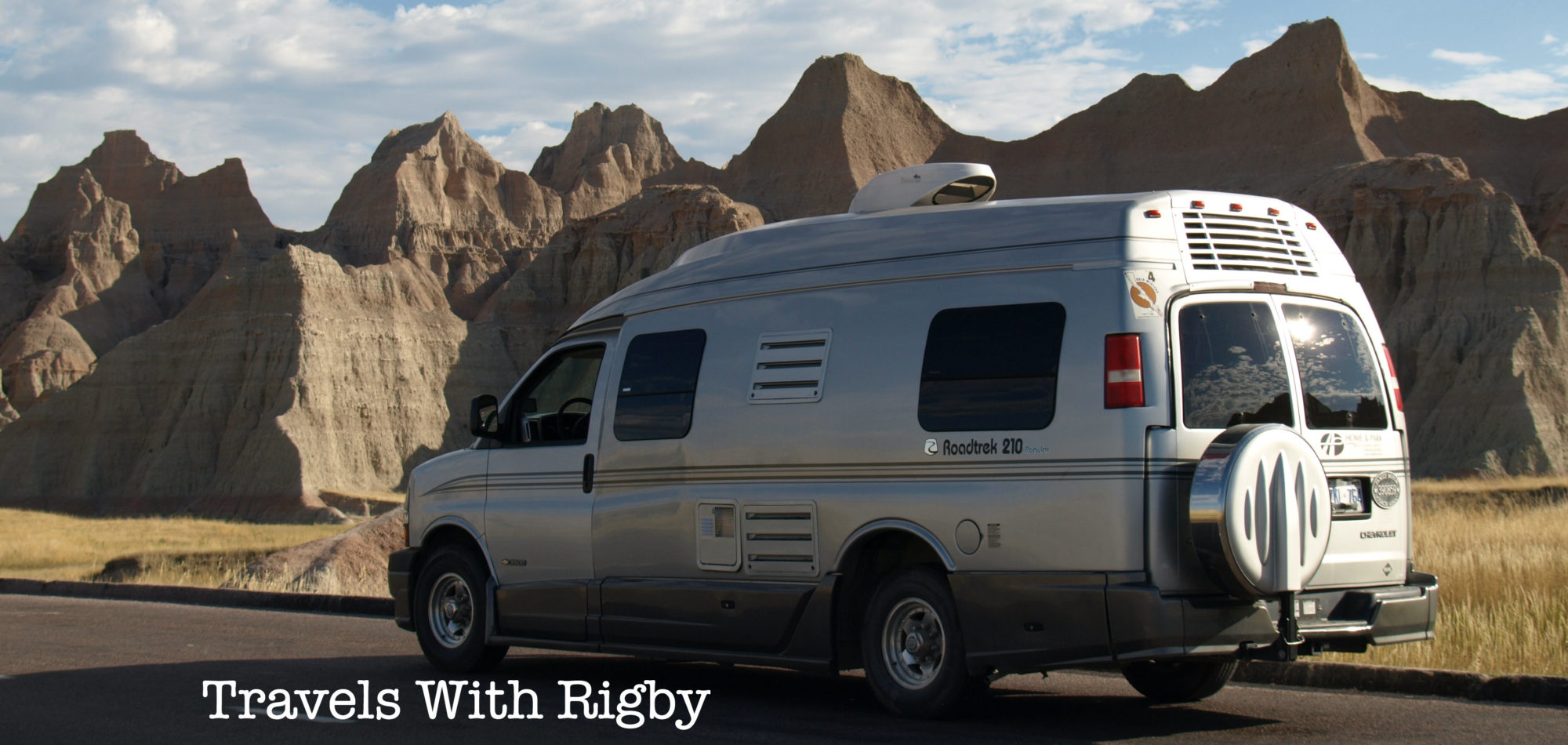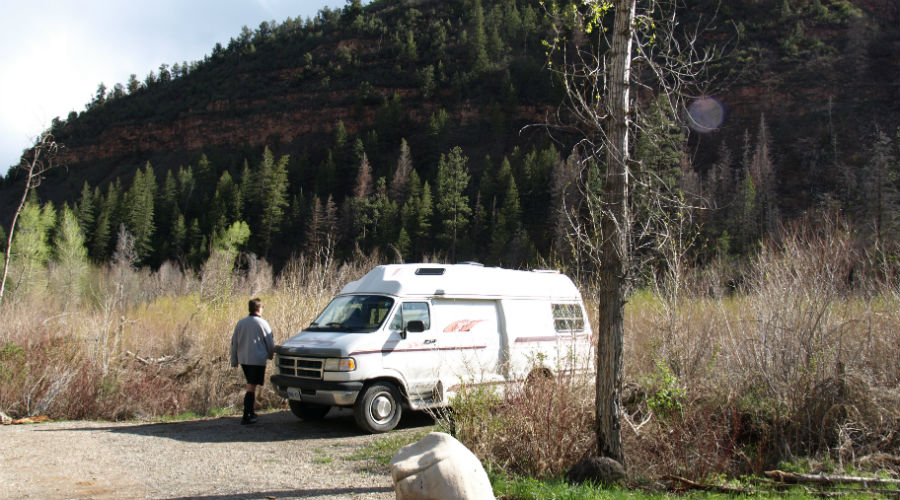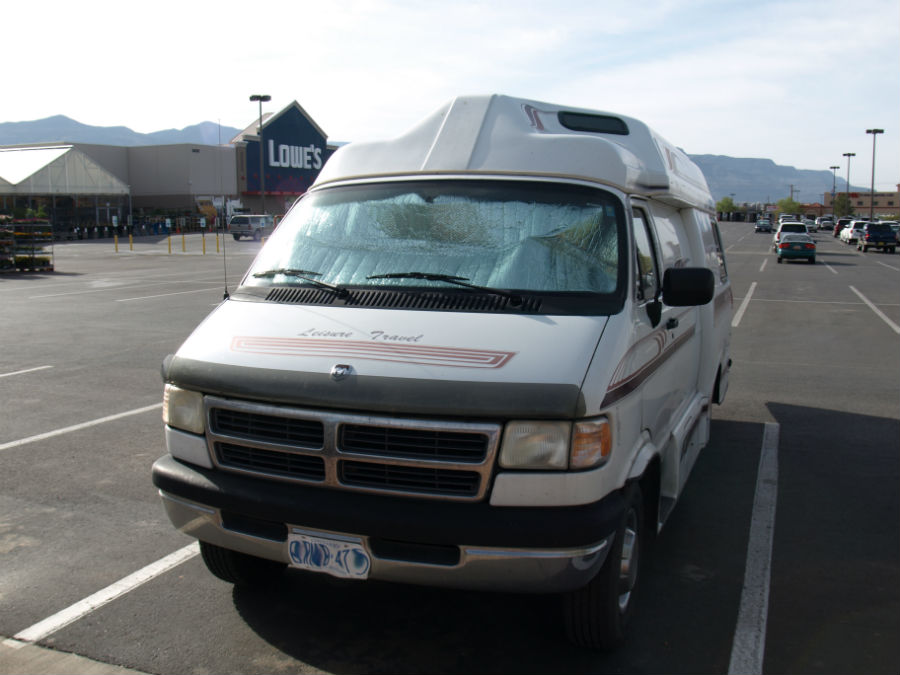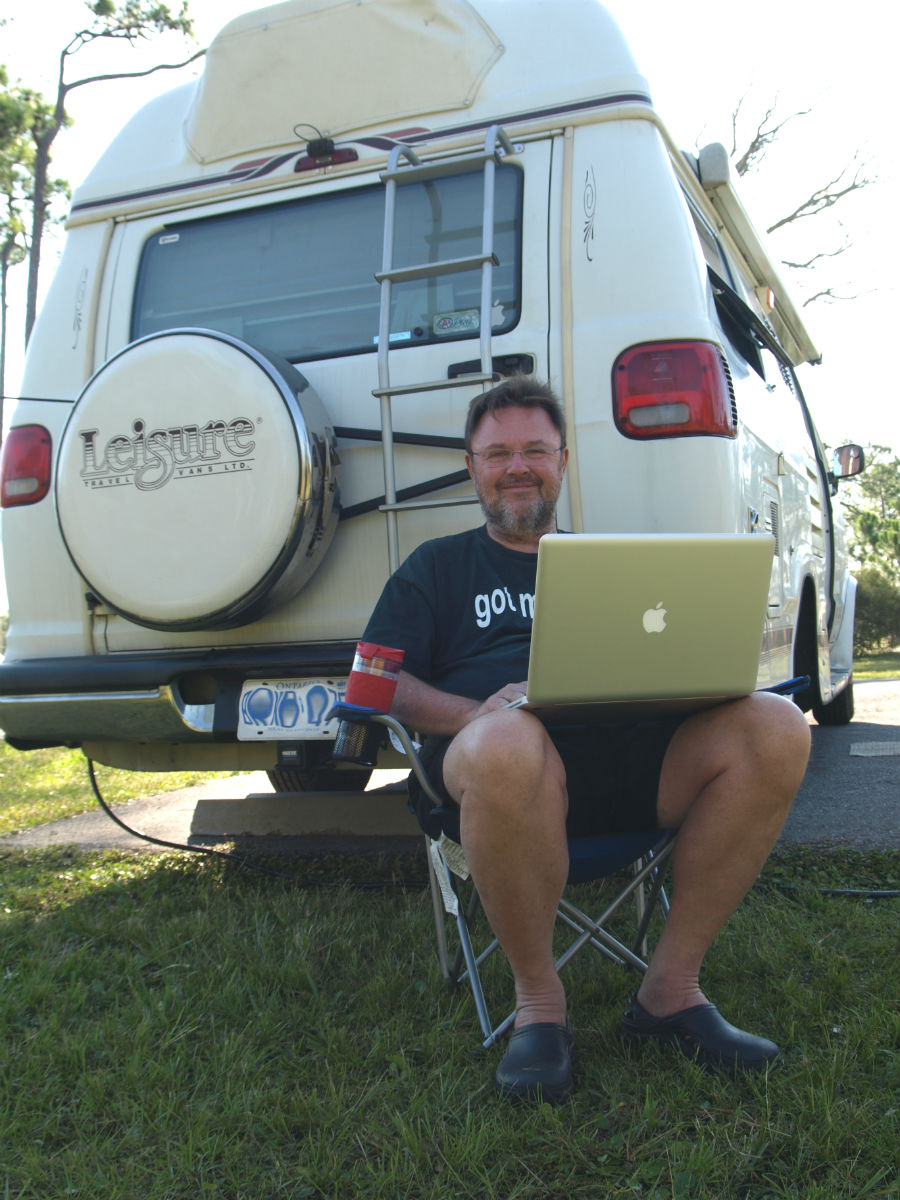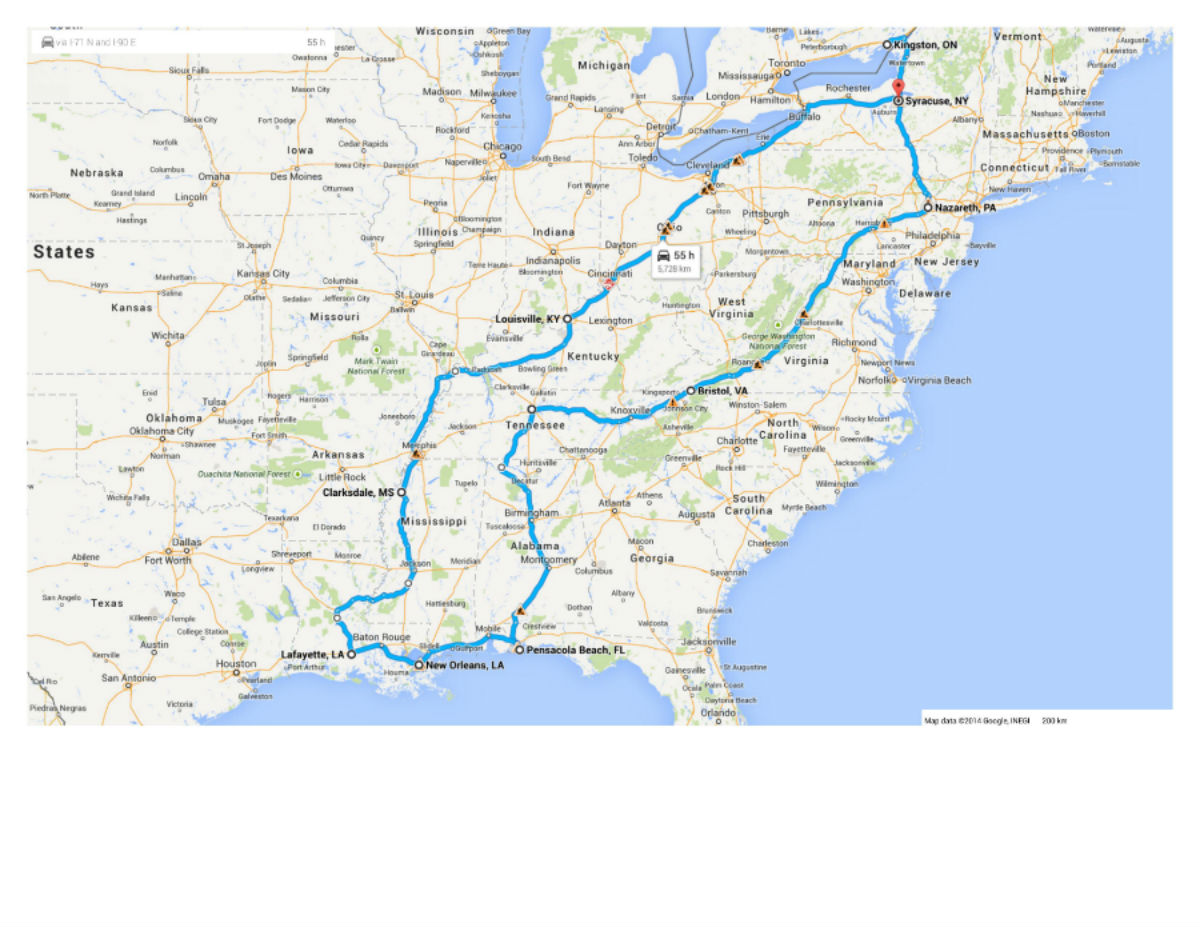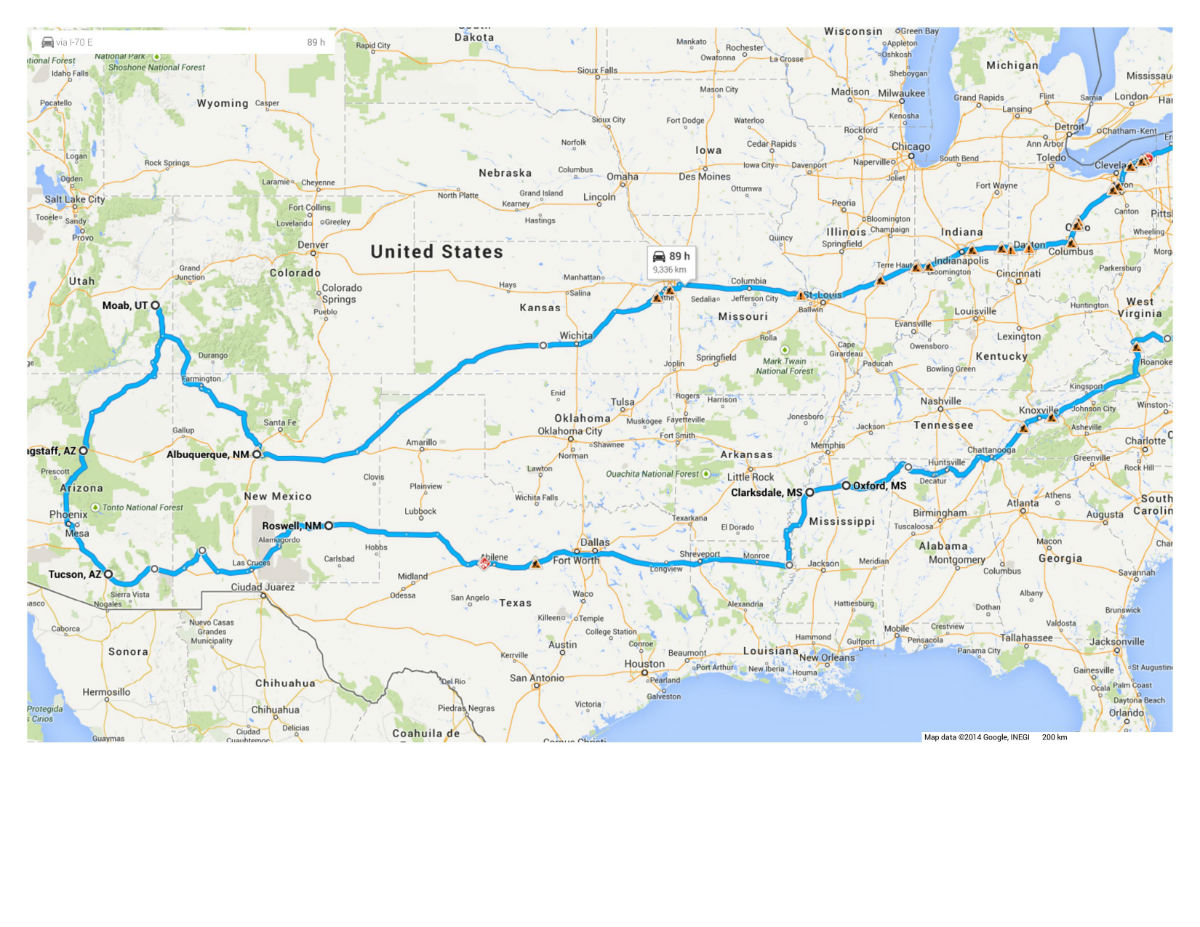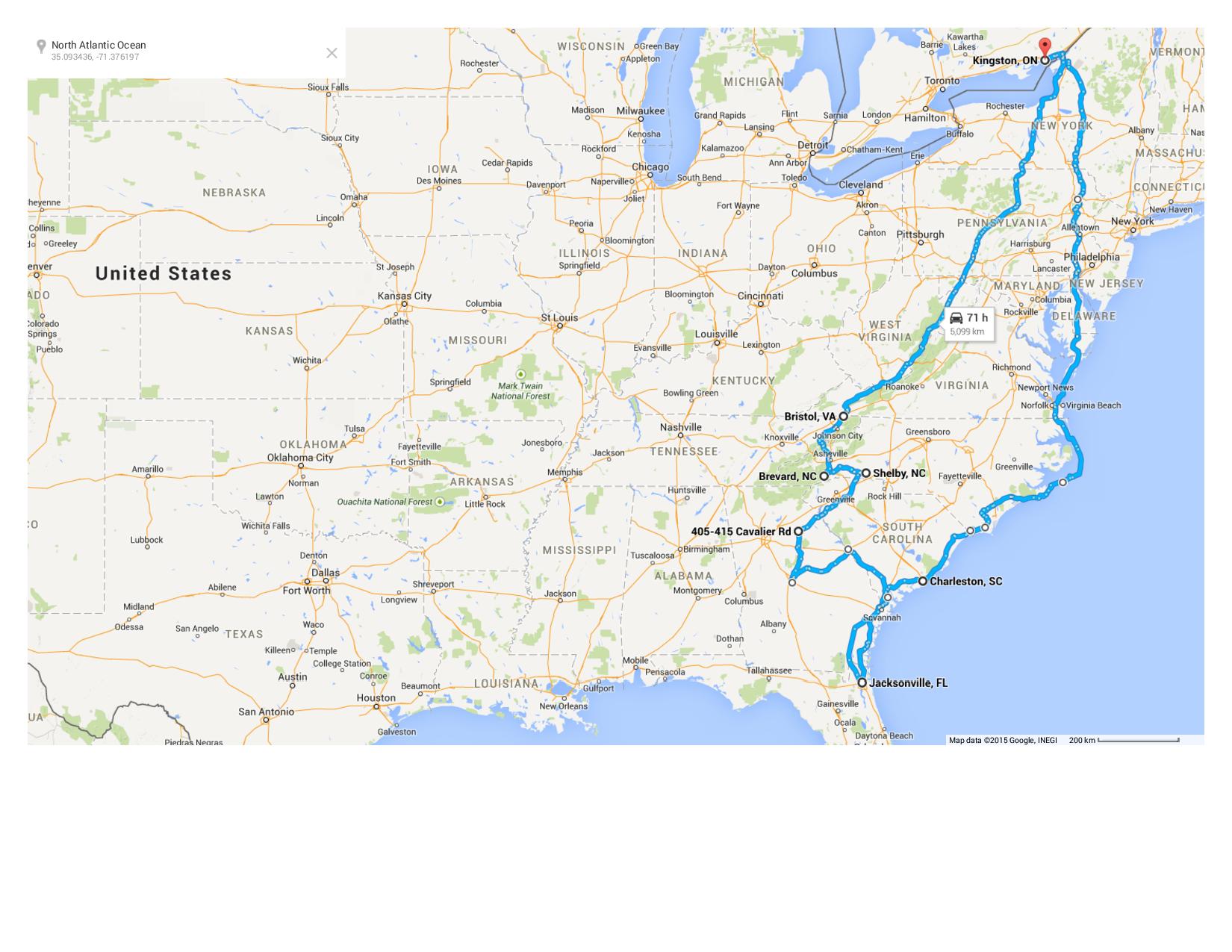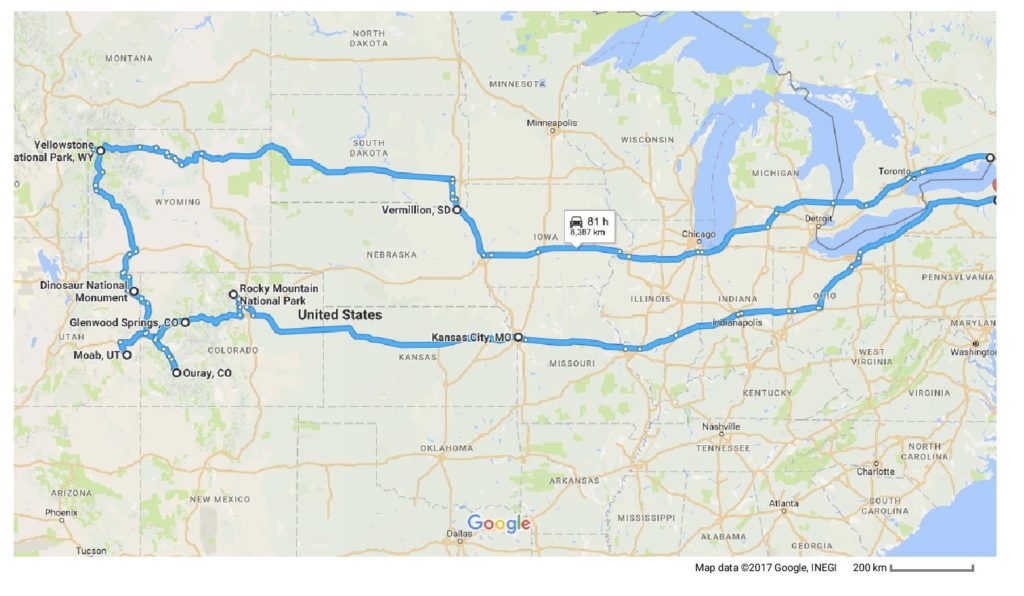When we’re on the go – just motoring from Point A to Point B – we’re always on the lookout for a boondocking spot. Staying overnight in parking lots for free is a popular form of boondocking (*boondocking refers to RVers who camp overnight without power, water or sewer services).
The local campground might be full, far away or, more likely, we just need a cheap, quiet and safe place to pull over and sleep before we continue. You’ll find more info here on boondocking.
In our travels, we’ve found some remarkable campgrounds where we’ve parked our tires for a longer stay. We admit to a bias for public parks (national, state, provincial) rather than private campgrounds. We’re looking for secluded spots surrounded by nature and as far away from video arcades, satellite TV and mini-golf as possible. These are some of our favourites:
Gulf Islands National Seashore, Florida
Why we love it: The long park is a series of sand dunes stretching along the Gulf of Mexico just a few miles from busy Pensacola Beach. Being protected parkland, there are no high rises, no tacky t-shirt shops and no fast food joints. Just rolling dunes, beach and a nice stretch of wetlands with fantastic walking trails.
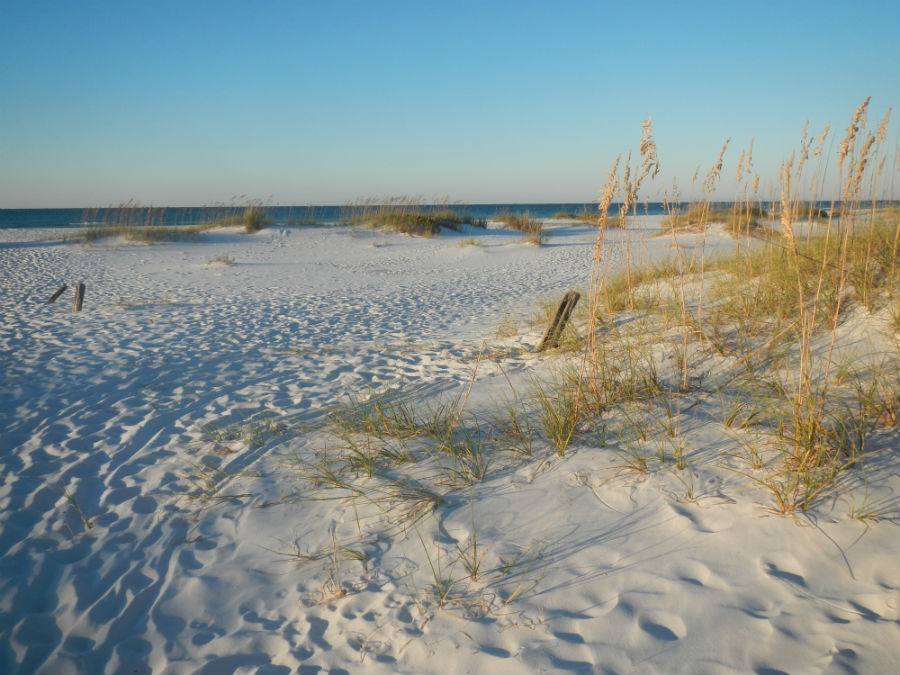
Silver Lake State Park, Vermont
Why we love it: Small and quiet and very dog friendly. It’s a short drive to the postcard-perfect town of Woodstock and a 10-minute walk from the campground to the Barnard General Store, where you can stock up on Vermont cheese, grab an ice cream and relax on the front porch.
Paynes Prairie Preserve State Park, Florida
Why we love it: Who would have thought that right smack in the middle of Florida you’d find a wide swath of undeveloped park? Just on the edge of Gainesville, Payne’s Prairie has well secluded sites, and a network of hiking and biking trails that take you past wildlife from wild horses to alligators.
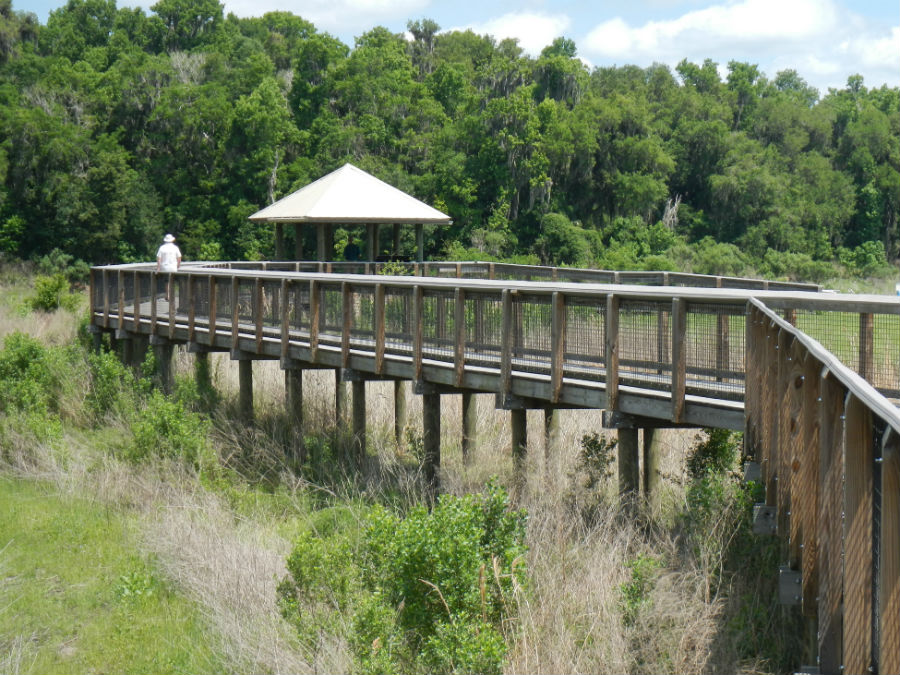
Bayou Segnette State Park, Louisiana
Why we love it: It’s just across the river from New Orleans, so you can get to the French Quarter in about 20 minutes. The sites are well spaced, you can have the pluses of NOLA without the downtown city craziness. And the on-site laundry facilities are free.
City of Rocks State Park, New Mexico
Why we love it: We were originally planning a quick drive through to look at the park’s balanced rock formations. About two minutes in we were smitten, changed plans and booked a site. The desert campground is about 45 minutes south of Silver City, the skies are incredibly dark (they host a nighttime astronomy program) and the setting – the rocks, open desert, mountains in the distance – is unbeatable.
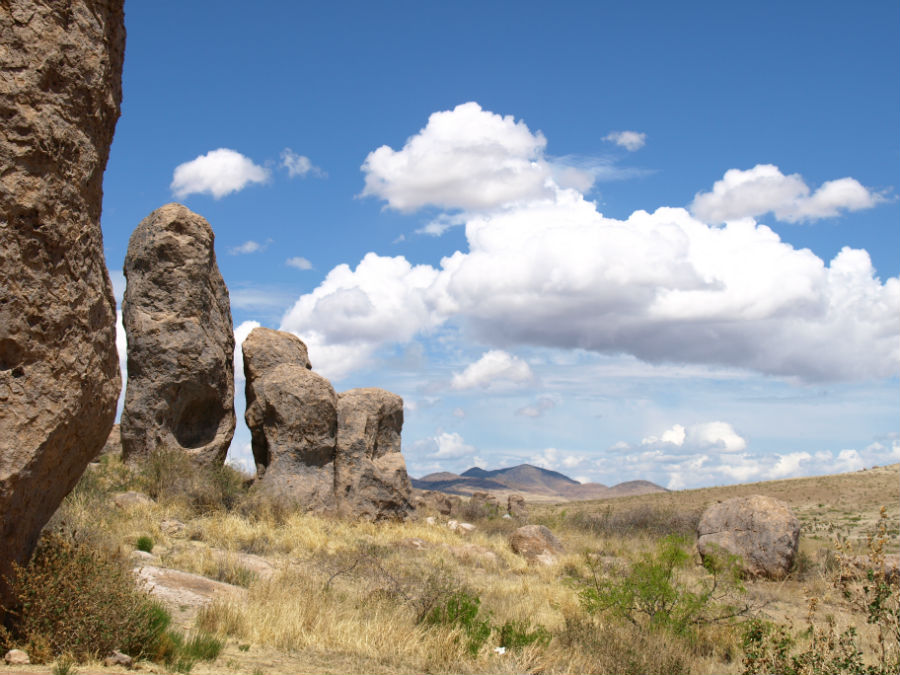
Chiricahua National Monument, Arizona
Why we love it: What’s not to like? Another spot that was scheduled to be a quick visit but where we tossed the map out the window and booked a site. It’s an otherworldly, protected wilderness of impossibly balanced rocks and pinnacles with some of the darkest and starriest skies of our travels.
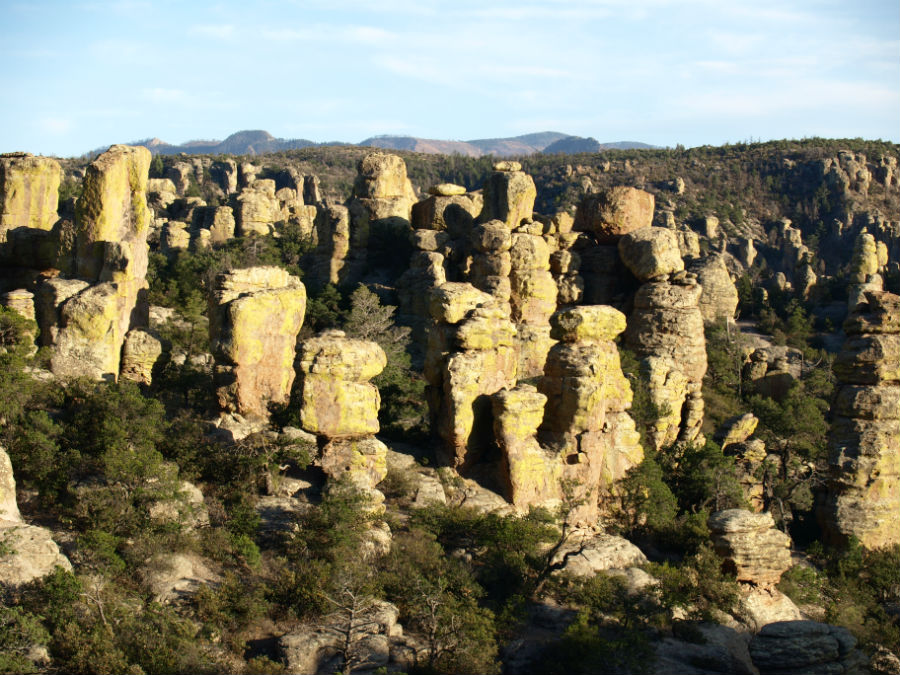
Lazydays KOA, Arizona
Why we love it: This KOA cracked our aversion to the large scale campgrounds aimed at RVers. The spotless property turned out to be a great base for exploring Tucson and the surrounding Sonoran Desert. It’s a popular winter campground for long-stay snowbirds. Loved the park’s lemon and grapefruit trees (guests are encouraged to pick the fruit).
Mesa Verde National Park, Colorado
Why we love it: Visiting Mesa Verde on a day trip is spellbinding enough, but staying overnight atop the mesa notches up the experience tenfold. When the day visitors to the cliff dwelling ruins have cleared out, the park becomes quieter and more intimate. The deer come out to graze, the stars pop out overhead and there’s something magical about knowing it happened this same way for the Puebloan people who lived here a thousand years ago.
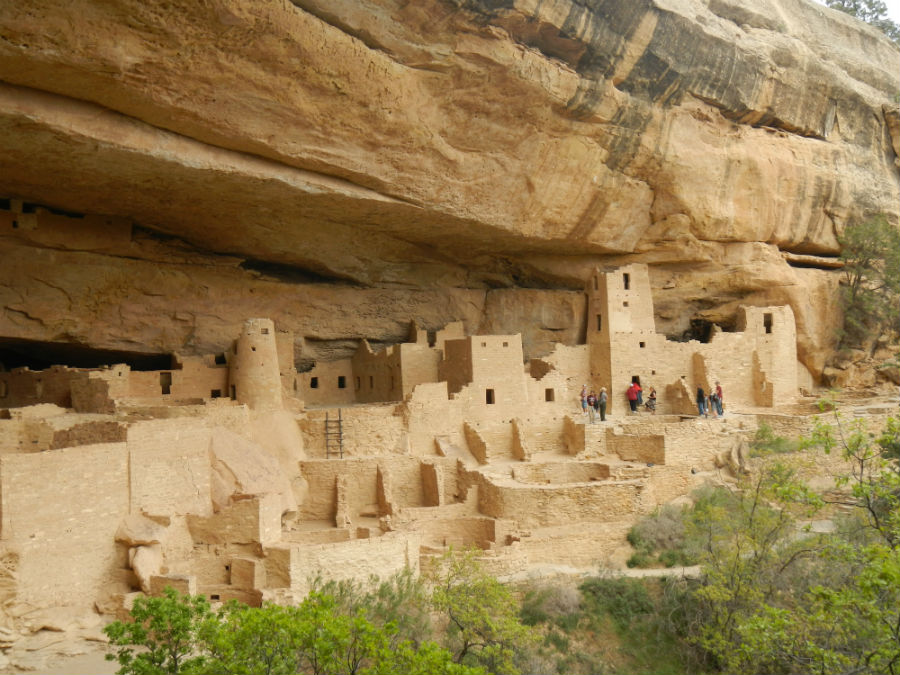
Chaco Culture National Historical Park, New Mexico
Why we love it: One of the most remote and least-visited national parks in the lower 48 states, Chaco has it all (well, not quite – it’s a long drive to get gas, food and services). Ink-black nighttime skies, a small observatory and astronomy program, a high desert canyon landscape that appears largely untouched, and some of the most archaeologically-significant Puebloan ruins in the nation. Spiritual is the best word to describe Chaco.
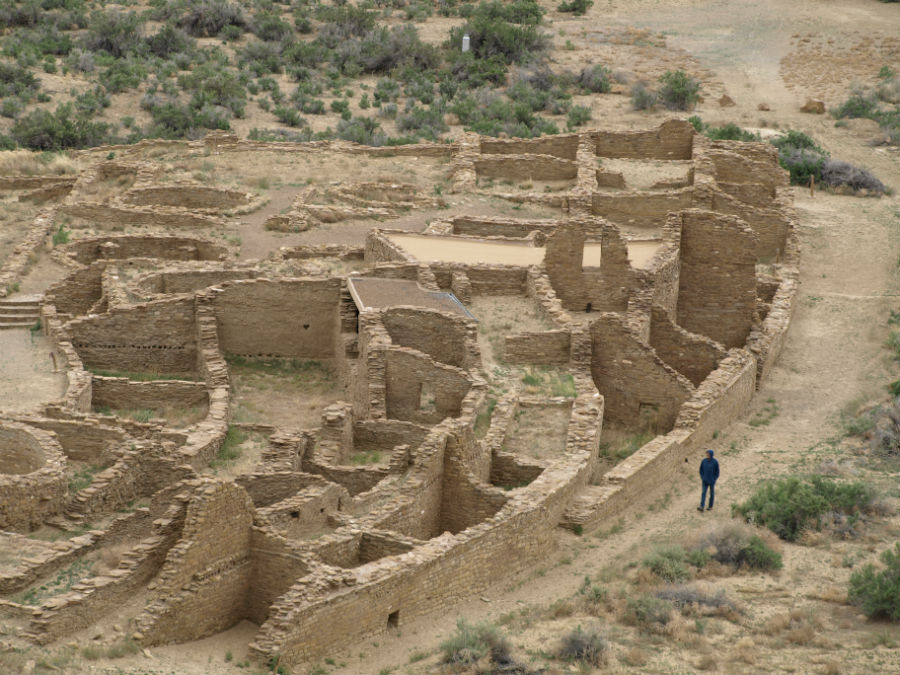
Sugar Hollow Park, Virginia
Why we love it: It’s part of the city of Bristol, without ever feeling like you’re in the city. When we pulled in to register and asked about Internet connections, the elderly ranger turned pleasantly gruff and told us: “Wi-Fi, Hi-Fi. Nobody wants to go camping anymore!” Of course, it had a ring of truth. Hard to argue.
